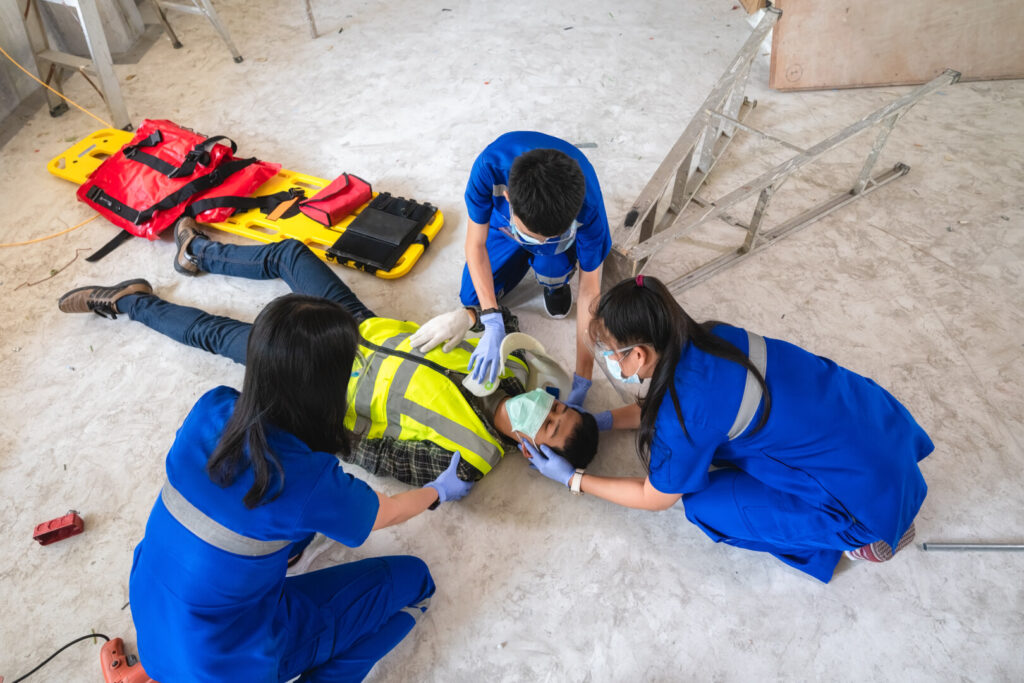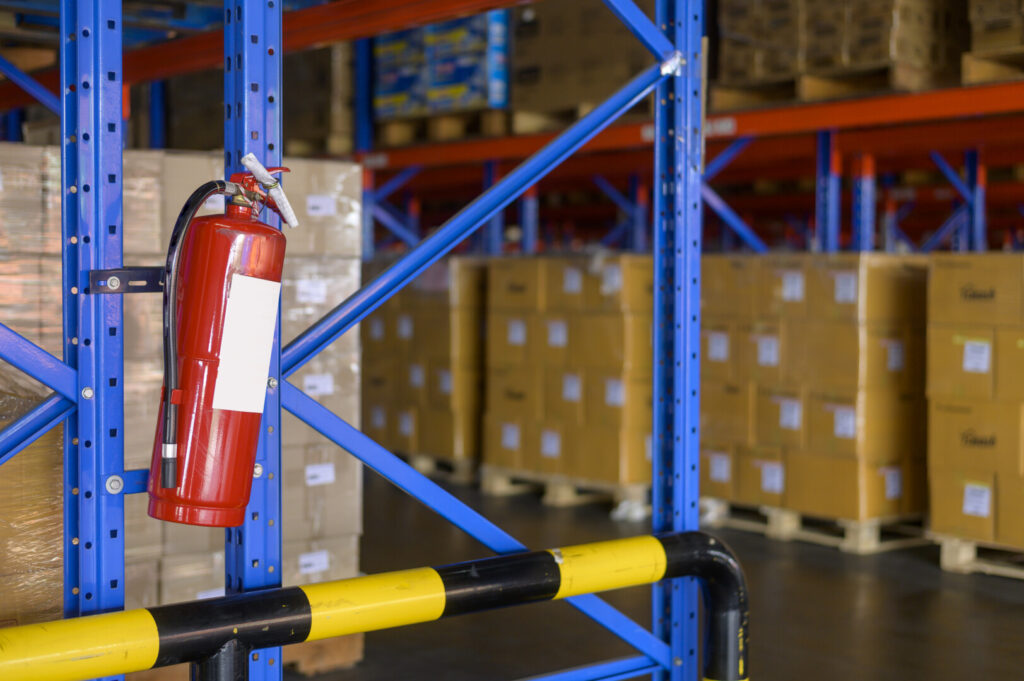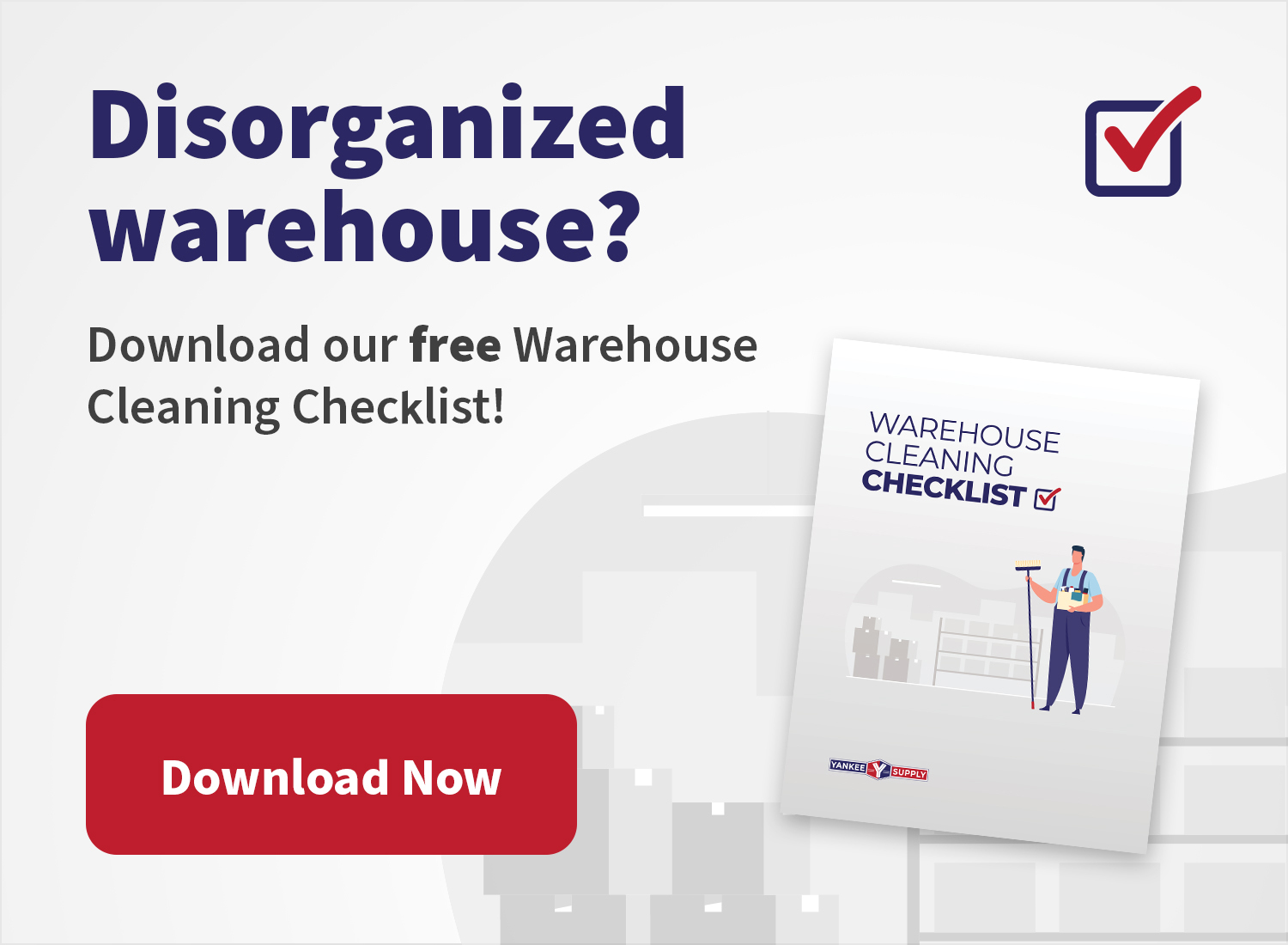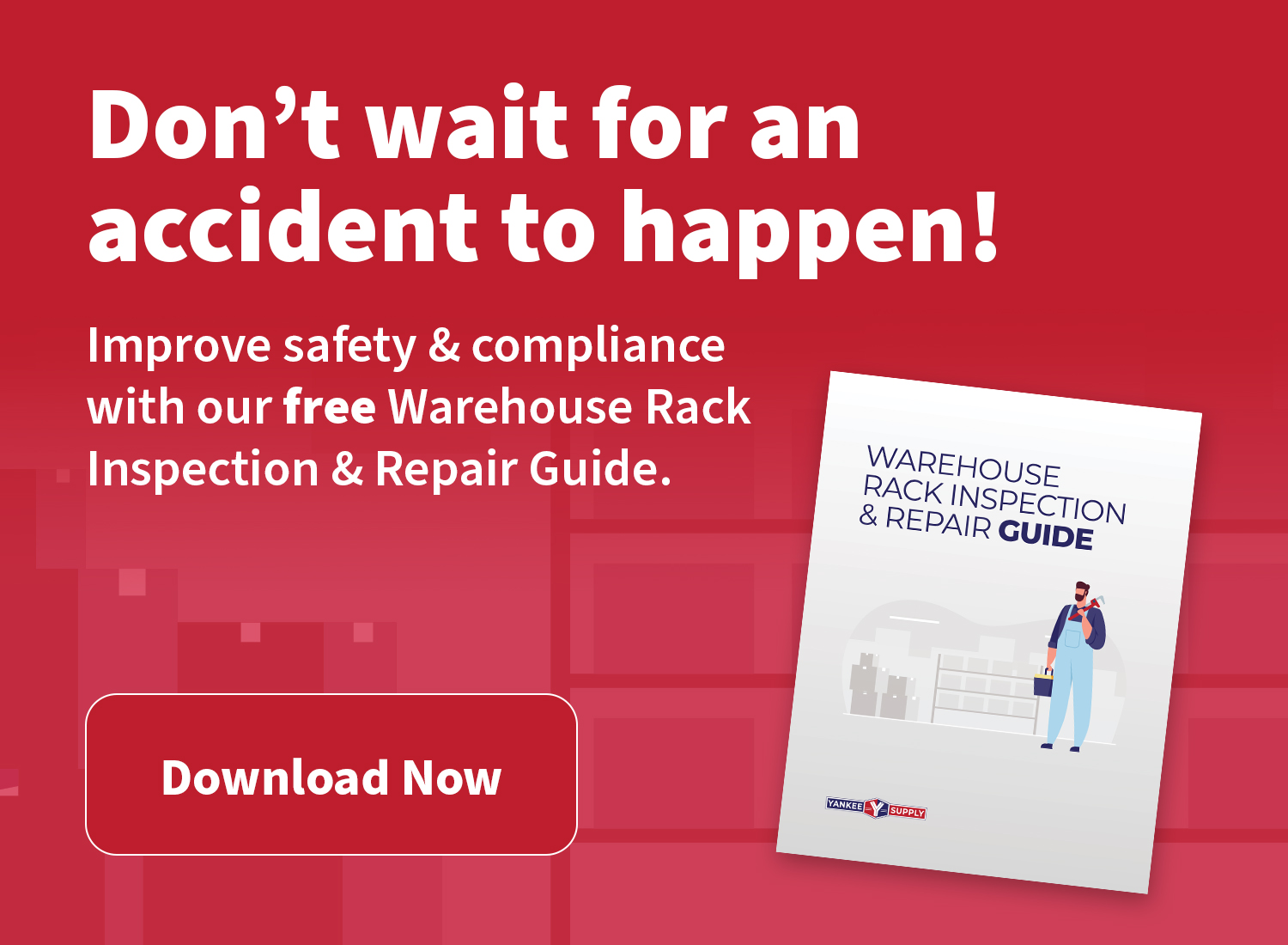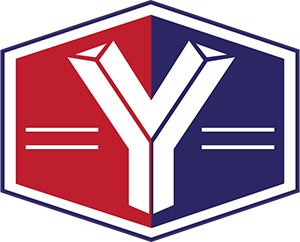Managing safety practices in industrial facilities is crucial. A safe work environment protects employees and enhances productivity and efficiency. Implementing robust safety measures reduces risks and ensures compliance with regulations. Here are seven secrets to managing workplace safety effectively.
1. Establish a Comprehensive Safety Plan
Develop a Safety Policy
Start with a comprehensive policy outlining your commitment to workplace safety practices. This policy should cover all safety aspects, including procedures for handling hazardous materials, operating machinery, and emergency response plans.
Regular Reviews and Updates
Safety plans must evolve with changing conditions. Regularly review and update your safety policies to reflect new regulations, technologies, and lessons learned from incidents. Keeping your safety plan current ensures ongoing effectiveness.
Clear Communication
Prioritize clear communication to ensure all employees are informed about and comprehend safety policies. Utilize straightforward language to emphasize the significance of safety and outline the specific practices everyone must adhere to. By fostering understanding and awareness of safety measures, you promote a secure work environment where employees feel confident and empowered to prioritize safety in all aspects of their work.
2. Conduct Regular Risk Assessments
Identify Hazards and Implement Safety Practices
Perform routine risk assessments to pinpoint potential hazards within the workplace. This involves scrutinizing equipment, processes, and the physical environment to identify risks that may threaten safety and result in accidents or injuries. By proactively identifying hazards and implementing comprehensive safety practices, you create a safer work environment for all employees, minimizing the risk of accidents and promoting a culture of safety and well-being.
Evaluate Risks
Once hazards are identified, evaluate the risks associated with each. Consider factors such as the likelihood of occurrence and the potential severity of the consequences as part of your facility's safety practices. This helps prioritize which risks need immediate attention.
Implement Controls
Implement control measures to mitigate identified risks. This can include engineering controls, administrative controls, and personal protective equipment (PPE). Regularly monitor and review these controls to ensure their effectiveness.
3. Promote Workplace Safety Awareness
Safety Training Programs
Regular safety training is essential for maintaining workplace safety awareness. Conduct training sessions that cover general safety practices, specific procedures for handling equipment, and emergency response protocols.
Ongoing Education
Safety training should not be a one-time event. Provide ongoing education and refresher courses to ensure safety remains a top priority. Encourage employees to stay updated on new safety practices and technologies. By fostering a continuous learning and awareness culture, you empower your team to proactively identify and address safety concerns, ultimately creating a safer and more secure work environment for everyone.
Safety Drills
Conduct safety drills regularly to ensure that employees are prepared to respond effectively in emergencies. Drills covering fire prevention, evacuation procedures, and first aid response are crucial for maintaining a safe work environment. By practicing these safety protocols regularly, employees become familiar with proper procedures and can act swiftly and confidently in times of crisis. Implementing regular safety drills reinforces safety practices and helps ensure the well-being of all staff members.
4. Foster a Safety Culture
Lead by Example
Leadership plays a pivotal role in fostering workplace safety and management. When managers and supervisors prioritize safety, employees are inspired to do the same. By leading by example, they establish a culture that values safety and prioritizes it in all aspects of work. Demonstrating a commitment to safety sets the tone for a safety-conscious environment where employees feel empowered to adhere to safety practices and contribute to effective safety management.
Encourage Reporting
Promote a culture where employees feel comfortable reporting safety concerns without fearing retaliation. Establish a clear system for reporting hazards, near-misses, and incidents. Ensure that these reports are addressed promptly and thoroughly to demonstrate that safety is a top priority. By encouraging open communication and proactive reporting, you create a safer work environment where potential hazards are identified and addressed promptly, ultimately fostering trust and accountability among all team members.
Recognize and Reward
Recognize and reward employees who contribute to workplace health and safety. This can be through formal recognition programs or simple acknowledgments of a job well done. Positive reinforcement encourages ongoing commitment to safety.
5. Maintain Equipment and Facilities
Regular Maintenance
Implementing a preventive maintenance schedule is crucial for ensuring the safety of equipment and facilities. Regular maintenance can identify potential issues and address them before they escalate into accidents. This proactive approach helps prevent incidents by addressing potential hazards and ensuring that equipment and facilities are operating at optimal levels. Prioritizing regular maintenance not only enhances safety but also minimizes downtime and prolongs the lifespan of equipment, ultimately contributing to a safer and more efficient work environment.
Inspections
Perform routine inspections of machinery, safety equipment, and the physical environment to uphold industry safety practices and standards. Verify that all equipment functions correctly and that safety features are operational. By prioritizing regular inspections and ensuring the proper functioning of equipment and safety features, you maintain a safe working environment that complies with industry safety regulations and protects the well-being of all employees.
Upgrade When Necessary
Old equipment can sometimes pose a risk at the workplace. Be proactive about upgrading outdated machinery and facilities to meet current safety standards. Investing in new technology can enhance safety and efficiency.
6. Implement Fire Safety in the Workplace and Prevention Measures
Fire Risk Assessments
Perform routine fire risk assessments to identify potential fire hazards within the workplace as part of safety practices. Evaluate electrical systems, storage areas, and processes involving flammable materials to ensure compliance with fire safety regulations. By prioritizing regular assessments, you can proactively identify and mitigate fire risks, creating a safer work environment for all employees. This proactive approach to workplace fire safety helps prevent accidents and minimize the potential impact of fires.
Fire Safety Equipment
Ensure that fire safety equipment, such as extinguishers, alarms, and sprinkler systems, is properly maintained and accessible. Regularly test and inspect this equipment to ensure it is in good working order.
Emergency Evacuation Plans
Establish and communicate clear emergency evacuation plans as part of safety practices. Conduct regular fire drills to ensure all employees know the procedures for safely exiting the facility during a fire. Regular practice of evacuation plans reinforces these procedures and helps reduce panic during an emergency. By prioritizing emergency preparedness and contingency planning, you ensure the safety and well-being of all employees in the event of an unforeseen situation.
7. Prioritize Workplace Health
Ergonomic Assessments
Ensure that workstations undergo ergonomic assessments to minimize strain and reduce the risk of injury as part of safety practices. Good ergonomics can significantly lower the risk of muscle and bone problems while enhancing employee comfort and productivity. By prioritizing ergonomic assessments, you demonstrate a commitment to the well-being and safety of your employees, ultimately fostering a healthier and more productive work environment.
Health and Wellness Programs
Encouraging healthy habits among employees promotes well-being and productivity. Offer fitness challenges, mental health support, and nutrition education. A positive environment shows you care. Healthy employees are more energetic and focused, reducing absenteeism and increasing efficiency. These programs also boost morale and teamwork, showing that investing in wellness is investing in productivity and happiness.
Monitor and Support
Monitor the health of your workforce regularly. Offer support for employees dealing with health issues through modified duties, medical leave, or access to healthcare services. Taking care of your employees shows you're committed to their well-being. Regular monitoring can catch issues early, preventing bigger problems down the line. Show empathy and flexibility, offering help when needed. Healthy employees feel valued and stay more productive. Making their health a priority benefits everyone in the long run.
Conclusion
Managing safety practices in industrial facilities requires a multifaceted approach. Establish a comprehensive safety plan, conduct regular risk assessments, promote workplace safety awareness, foster a safety culture, maintain equipment and facilities, implement fire prevention measures, and prioritize workplace health. Following these secrets can create a safe and productive work environment that benefits employees and the organization.
Remember, safety isn’t a one-time effort. It’s an ongoing commitment to protecting your most valuable asset—your employees. You can reduce risks, prevent accidents, and ensure a safe and healthy workplace with diligence and dedication.



